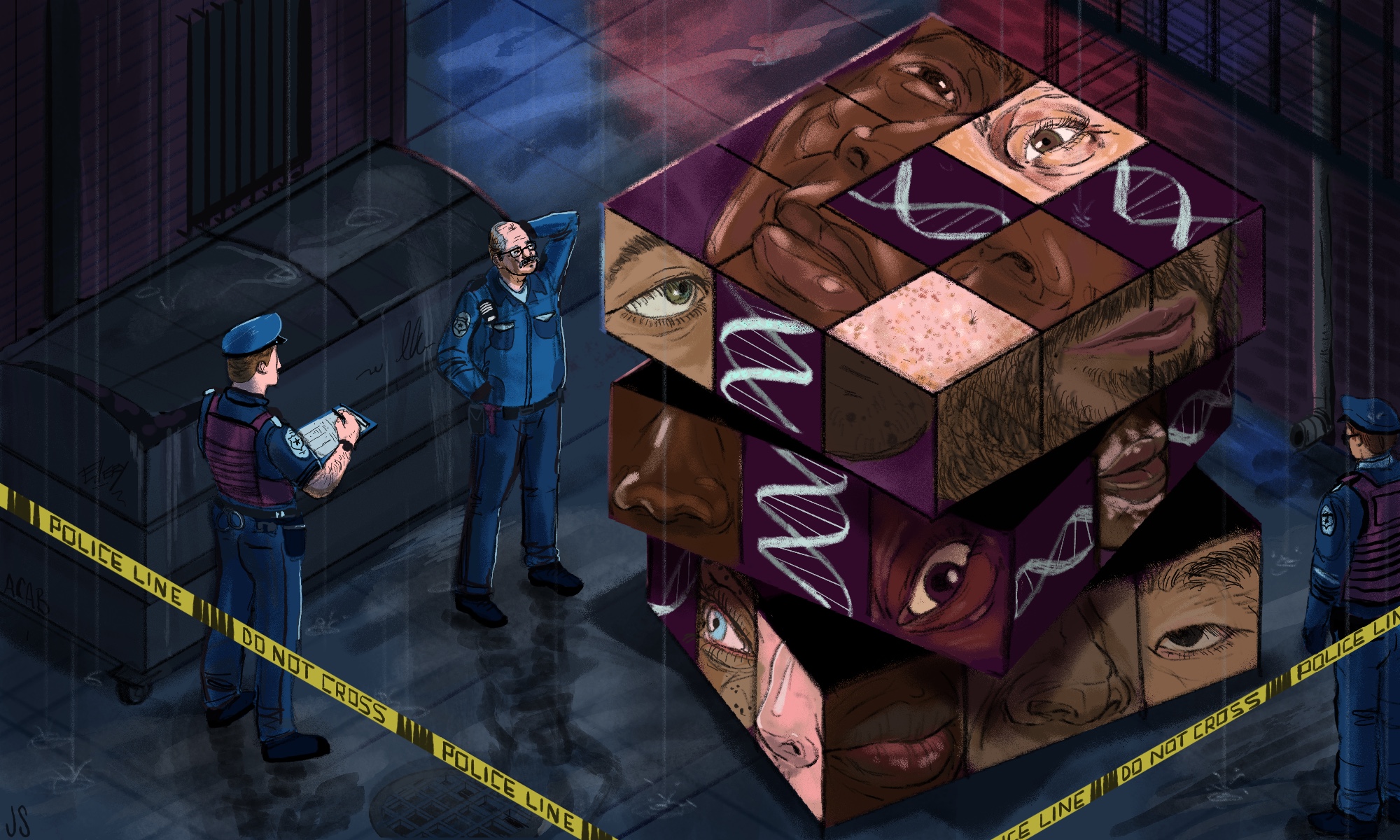DNA Detective: Can Forensic Tech Really Sketch a Suspect's Face? The Racial Bias Alarm Sounds

In a controversial technological breakthrough, Parabon NanoLabs is offering law enforcement a cutting-edge DNA analysis tool that generates composite images of potential suspects based on genetic material. While the technology promises to revolutionize criminal investigations, privacy advocates and racial justice experts are raising serious concerns about its potential to perpetuate harmful stereotypes.
The company's forensic DNA phenotyping service claims to create detailed facial reconstructions by analyzing genetic markers that influence physical appearance. By mapping genetic traits, Parabon can produce remarkably precise sketches that purportedly represent a suspect's likely facial structure, skin tone, and distinctive features.
However, critics argue that the technology is fraught with ethical landmines. Experts warn that these computer-generated images could inadvertently reinforce racial biases and potentially contaminate witness recollections. The risk of creating misleading visual representations that might unfairly target specific racial or ethnic groups is particularly alarming.
Law enforcement agencies see the technology as a powerful investigative tool, potentially helping to identify unknown suspects in cold cases. Yet, the scientific community remains divided about the accuracy and reliability of such genetic portrait generation.
As the debate intensifies, Parabon NanoLabs continues to market its technology, challenging traditional forensic methods while simultaneously confronting complex questions about genetic privacy, racial representation, and the potential for technological bias in criminal investigations.

